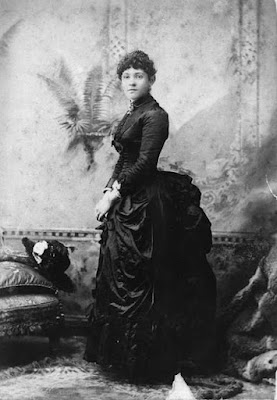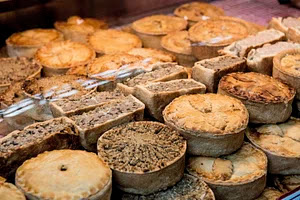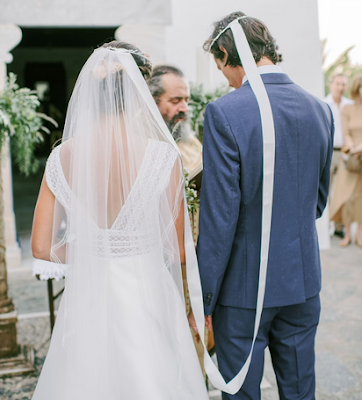While many in the West today see the black wedding dress as a modern gothic statement or a way to buck tradition, its history is far richer and far older. Black wedding dresses have been worn for thousands of years across cultures, often symbolizing solemnity, practicality, or devotion.
Black wedding dress in Chinese history
The origins of the black wedding dress can be traced back over 3,000 years to the Zhou Dynasty (1046–256 BC) in China. Brides at the time wore modest, solemn black gowns over light red undergarments. Their hair was styled up and secured with a band and hairpin, reflecting both elegance and formality.
Today, traditional Chinese bridal dresses vary by region. Northern brides usually wear a mostly red dress decorated with intricate gold and silver designs, while southern brides prefer a two-piece red gown adorned with gold dragons and phoenixes. Modern couples, however, often opt for simplified, contemporary wedding dresses rather than following strict regional traditions.
Spanish brides wore black
In Spain, Roman Catholic brides historically wore black lace gowns with a black lace veil, or mantilla, draped over the head and shoulders. The veil symbolized the bride’s vow to love her husband until death, highlighting black as a color of solemn commitment rather than rebellion.
History of the black wedding dress in the West
White wedding gowns became popular in the Victorian era, following Queen Victoria’s wedding. Before the white dress, most brides in Western Europe wore a variety of colors, but black wedding dresses were a popular choice. Not because it was the most fashionable, but because they were most practical. Wedding dresses were expensive and most women couldn’t afford a special dress to where one time. Instead, they selected a black dress because the dark color didn’t show stains, and the dress could be worn following the wedding.
Today, some brides choose black thinking they are defying tradition—but in reality, they are returning to it. As the saying goes, there’s nothing new under the sun. Whether for style, symbolism, or practicality, the black wedding dress remains a fascinating and versatile choice that spans cultures and centuries.
* * * *
Some
links in this post are affiliate links. We are a participant in the
Amazon Services LLC Associates Program, an affiliate advertising program
designed to provide a means for us to earn fees by linking to
amazon.com and affiliate sites.
Photo credits: Photo by Murat IŞIK Photo by Bormann Chen








.jpg)




